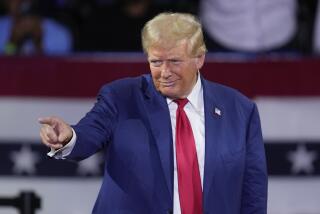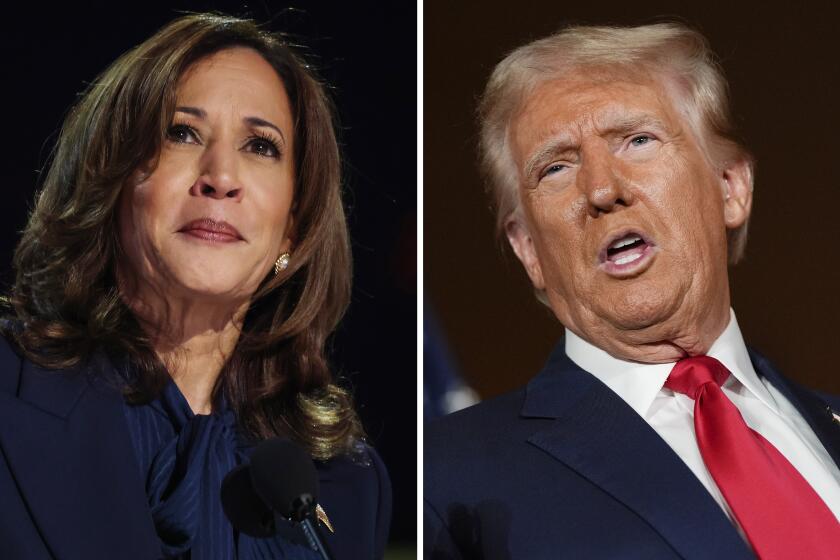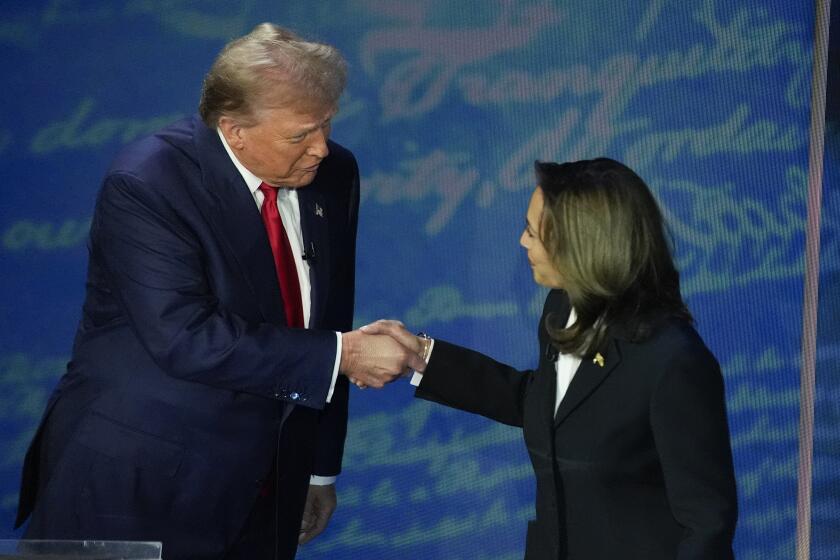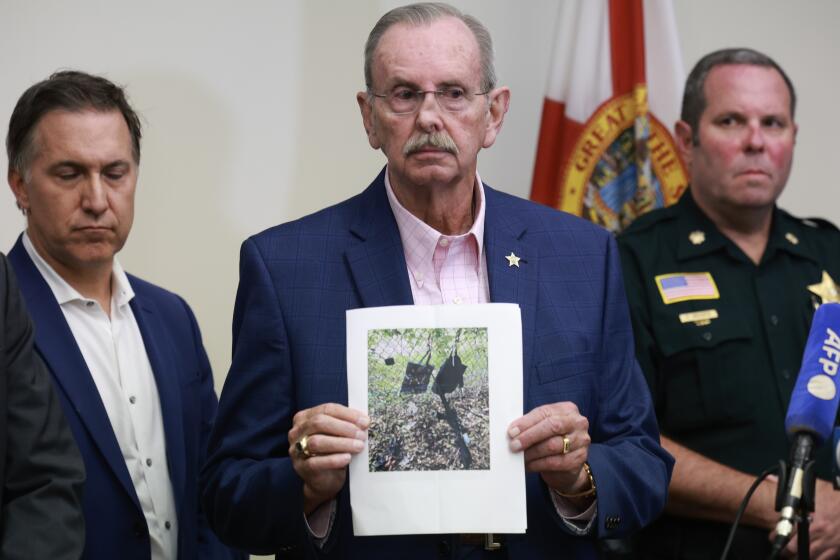Nonpartisans’ ballots to be checked
Spurred by confusion over Tuesday’s voting, acting Los Angeles County Registrar Dean Logan said Wednesday that his office will examine more than 94,000 ballots cast by nonpartisan voters to determine how many votes for presidential candidates may have gone uncounted.
Logan said he also will try to determine whether the uncounted ballots would make a difference in the way delegates are apportioned between the Democratic presidential candidates and, if so, will seek legal approval to count as many as possible.
The registrar’s comments followed an uproar among decline-to-state voters in the county who discovered too late that they were required to mark a bubble on the ballot denoting which party primary they were voting in. Some complained that poll workers told them not to mark the bubble; others said they were unaware of the requirement, which is unique to L.A. County.
“We are going to go back and look at those ballots and make a determination of how many made a presidential selection without marking a bubble,” Logan said. “If we can clearly identify the voters’ intent, we will seek legal authority to count those votes.”
Around the state, there were scattered reports of poll workers denying nonpartisans the proper ballot.
The office of Secretary of State Debra Bowen reported that her election hotline had received nearly 500 complaints by midday Wednesday, most of them from decline-to-state voters who had tried to cast ballots in the Democratic primary.
That number may be only a fraction of voters with complaints. Some who tried to report a problem said hotlines set up by Bowen’s office and the Los Angeles County registrar-recorder/county clerk were so swamped that they could never get through.
The Times received dozens of complaints from voters in L.A. County, most of them independents saying they had been denied a Democratic ballot when they went to vote or had not received correct information about marking the bubble.
“I really want my vote to count, and I would be disappointed if they threw it out,” said Karen Palmer, a nonpartisan who learned only after she voted that she needed to mark the Democratic bubble. “I know I didn’t fill it in. I didn’t see it. I didn’t know to look for it.”
Some of the complaints came from parents of young voters, expressing disappointment and frustration that they couldn’t cast their first ballot in a presidential race.
Under the rules for the primary, nonpartisan voters were welcome to cast ballots in the Democratic Party or the American Independent Party primaries. The California Republican Party excluded independents from its primary.
More than 19% of the state’s voters are registered as “decline to state,” compared with 43% who are registered Democratic. (Typically, however, nonpartisans have a significantly lower turnout than party members.)
Exit polls showed that Sen. Barack Obama had a strong appeal among California voters who defined themselves as independent (regardless of their party registration), leading Sen. Hillary Rodham Clinton by 58% to 34% in this category.
Logan said election workers had identified about 189,000 votes cast by nonpartisans in Los Angeles County. About half of those people marked a bubble indicating they were voting in a party primary, which leaves more than 94,000 ballots in doubt. That number is expected to rise as the count continues, Logan said.
Election workers will examine these ballots to see if voters marked a presidential candidate. But even if they did, it may be difficult to count them.
The presidential ballot for independents who voted in the Democratic primary was the same as the ballot for those who voted in the American Independent primary.
In the American Independent contest, there were three candidates running, while the Democratic Party had eight. The bubbles for the first three candidates in each party were in the same position on the ballot, making it impossible to tell after the fact if a voter was voting Democratic or American Independent -- unless that person also filled in the bubble indicating party preference.
For many voters, the complexities of L.A. County’s system seemed a poor excuse for the loss of their chance to vote.
Christopher Glass, a nonpartisan voter, said he was not told of the need to fill in the party bubble until it was too late.
“I didn’t find out until after I voted, because the Obama campaign had a recorded message reminding people to fill in the second bubble,” he wrote in an e-mail. “But by then, thousands of undeclared voters like me had already voted! How is that a fair election?”
Judy Silk of Pacific Palisades, who said she was recruited to work at the polls at the last minute and never received training, said in an e-mail that she witnessed what she later realized were “glaring mistakes.”
None of the poll workers seemed to be aware that nonpartisan voters needed to mark a party bubble, she said. An urgent notice sent out by Bowen’s office advising poll workers of independent voters’ rights never reached them.
“I don’t see this as much different from what happened . . . in Florida,” Silk said. “Have we learned nothing?”
--
--
Times staff writer Patrick McGreevy contributed to this report.
More to Read
Get the L.A. Times Politics newsletter
Deeply reported insights into legislation, politics and policy from Sacramento, Washington and beyond. In your inbox three times per week.
You may occasionally receive promotional content from the Los Angeles Times.










